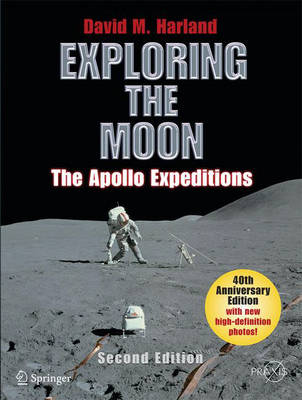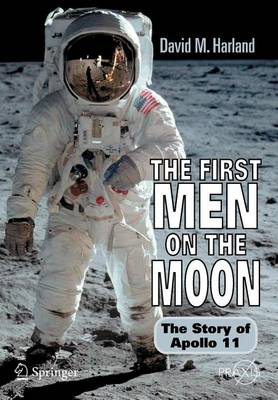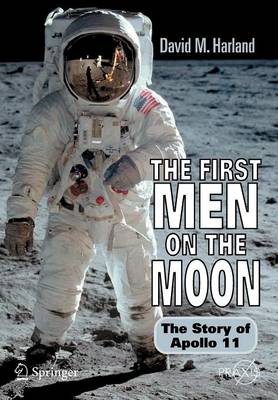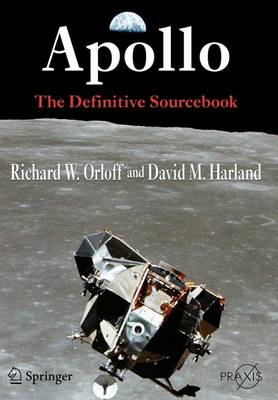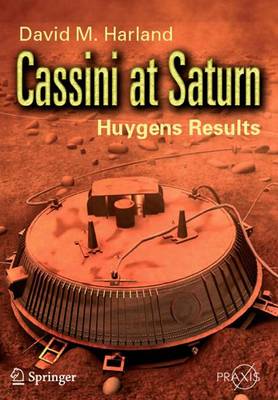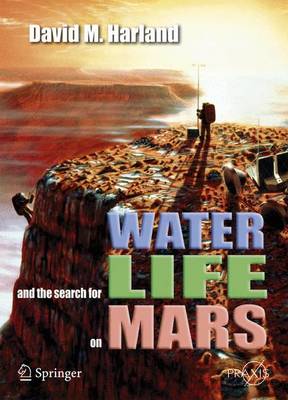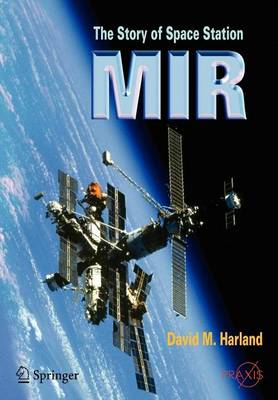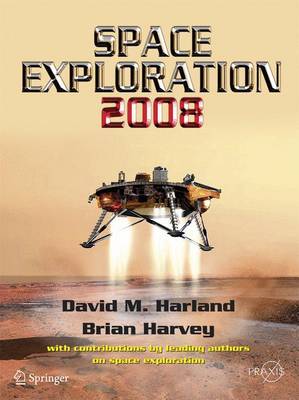Springer-Praxis Books in Space Exploration
10 total works
In this comprehensive overview of Man’s relationship with his planet’s nearest neighbor, David Harland opens with a review of the robotic probes, namely the Rangers which returned television before crashing into the Moon, the Surveyors which 'soft landed' in order to investigate the nature of the surface, and the Lunar Orbiters which mapped prospective Apollo landing sites. He then outlines the historic landing by Apollo 11 and the final three missions of comprehensive geological investigations. He concludes with a review of the robotic spacecraft that made remote-sensing observations of the Moon. This Commemorative Edition includes a foreword by one of the original astronauts as well as an extra section reviewing the prospect of renewed exploration there. New graphics and images are also included.
This book provides an overview of the origins of the Apollo program and descriptions of the ground facilities, launch vehicles and spacecraft that were developed in the quest to reach - and return from - the surface of the moon. It will serve as an invaluable single-volume sourcebook for space enthusiasts, space historians, journalists, and others. The text includes a comprehensive collection of tables listing facts and figures for each mission.
On 12 April 1961 Yuri Gagarin became the first man to orbit the Earth. One month later, President John F. Kennedy challenged the American nation to land a man on the Moon before the decade was out.
On 16 July 1969, Neil Armstrong, Michael Collins and Buzz Aldrin set off in Apollo 11 to attempt this audacious mission, and succeeded magnificently. This book tells the story of Apollo 11, starting with crew selection and training, the choice of the landing site, and the assembly of the space vehicle, then a detailed account of the mission, featuring the lunar landing and moonwalk, and a review of how our knowledge of the Moon's history was revolutionised as a result. The story is enlivened by dialogue between the astronauts in space and the flight controllers in Mission Control.
*Combines a review of previous knowledge of Saturn, its rings and moons, including Titan, with new spacecraft results in one handy volume.
*Provides the latest and most spectacular images, which will never have appeared before in book form.
*Gives a context to enable the reader to more easily appreciate the stream of discoveries that will be made by the Cassini-Huygens mission.
*Tells the exciting story of the Huygens spacecraft's journey to the surface of Titan.
Relates how NASA/ESA have sought evidence of life on Mars, with the prevailing mood sometimes being optimistic and sometimes pessimistic.
Details an account of the rationale for the tests for life carried out by the Viking missions in 1976, with an account of the debate over their results.
A concise primer for readers wishing to 'bone up' when NASA next sends a lander explicitly to seek life on Mars.
Discusses the nature of life on Mars in terms of the most primitive forms of life on Earth, and reviews the implications of there being life on both planets.
* Depicts Mir's assembly piece by piece, in space, between 1982 and 1996.
* Describes how Mir became an international research laboratory.
* Advises how Mir technology went on to form the 'core modules' of the ISS.
* The definitive account of Mir throughout its life through to de-orbiting in March 2001.
Focuses on the causes of the failures and discusses how the engineering knowledge base has been enhanced by the lessons learned.
Discusses non-fatal anomalies which do not affect the ultimate success of a mission, but which are failures nevertheless.
Describes engineering aspects of the spacecraft, making this a valuable complementary reference work to conventional engineering texts.
